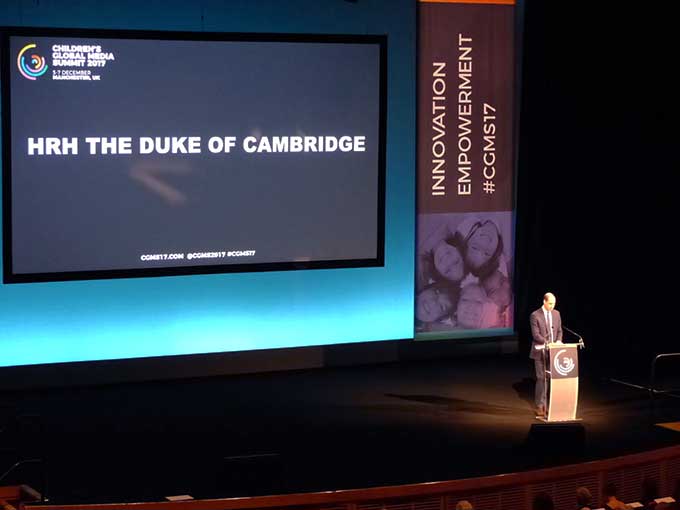There’s a long history of technology outpacing our ability to think through its implications. It’s matched only by the long history of panics over how those new technologies change children’s lives and learning. (And sometimes even “rewire their brains.”)
This tension between opportunity and caution has been central to the Children’s Global Media Summit this week in Manchester. Summiteers have genuinely struggled with the scope and limits of the event’s central pillars, including “freedom,” “innovation” and “empowerment.” How much freedom is healthy for developing social and intellectual minds? Where is the balance between fast-paced innovation and pause for reflection, in an industry that values “fail fast” and “fail forward?” Toward what are we empowering young people—intrinsically-driven learning, boundless creativity and self-expression, or the potential to shame and intimidate in far more depth and breadth than ever before?
Moreover, whose responsibility is it to steer the digital world toward its better angels in solving these questions? What is the balance between regulation, corporate social responsibility and education?
As blue-shirted Google booth staffers watched from the side, nearly everyone attending the Summit’s second-day wrap-up raised a hand in answer to who felt digital platform and content companies should bear the responsibility for making the cyber world safe for young people. Of course, companies are responsible for making their offerings as safe as possible, for ethical and transparent use of data, and for anticipating as far as possible how bad actors might misuse a platform. For example, the venal vermin who post violent or sexual videos that hijack kid-favorite characters and brands.
But, as a fan of improv, I think the true answer is “yes, and…”
Yes, and…regulation can create a foundation for safety and equity, and provide incentives for innovation, but governments can’t mandate quality.
Yes, and…schools need to incorporate media literacy education from the earliest years, alongside efforts to build kind, reflective and collaborative communities of learning. Teachers need to be trained to incorporate media into curriculum in appropriate ways, demonstrating best and considered use.
Yes, and…parents must model thoughtful media practices at home, but need support from industry, advocacy and education. HRH The Duke of Cambridge noted the challenge that “so many parents feel they are having to make up the rules as they go along.”
Parents need to know their children’s needs and abilities well enough to steer them away from trouble but also toward benefit. At the Summit Forum, one participant made an analogy to the streets of Manchester, saying parents know enough to keep their children from wandering at 3 a.m. Protection is a good start, but they should also celebrate Manchester’s marvels—introduce their children to the remarkable and history public library, the Museum of Science and Industry, and explore the rock and roll roots.
One Summit attendee said, “The internet should be child-friendly by default.” No. Please, no. The digital world is for everyone, not only children. Imagine coming home and turning on the television only to find nothing but kids’ shows up and down the channels. Sanitizing it for all in the vain hope that children would never encounter rough edges would be like putting a SmartCar engine in a Ferrari to protect against speeding. Whose values would define “child friendly?” For an inherently global resource, do we throttle everyone back to the most conservative interpretation? When censorship (whether self-imposed or external) rules, the things that disappear first are those that make today’s media free, empowering and innovative: the same impulse that helpfully seeks to eliminate cyberbullying may also erase the only resources available to a gay youth growing up in a repressive environment.
We shake our heads at the “cotton wool” impulses that have reduced children’s ability to roam and play freely. Let’s resist it, as well, in digital space. Let’s clean up the playground as much as we can, but also teach our children safe and respectful practices, whether that playground is around the corner or inside a smartphone. The opportunity to step back and evaluate the health of the children’s media forest—as opposed to our examination of the individual trees at markets and festivals—is what makes the every-three-years World Summits relevant and indispensable.
David Kleeman is SVP of global trends for Dubit, a UK-based children’s and youth research and interactive agency. He’s worked in children’s media for more than 30 years, and has attended every World Summit.























